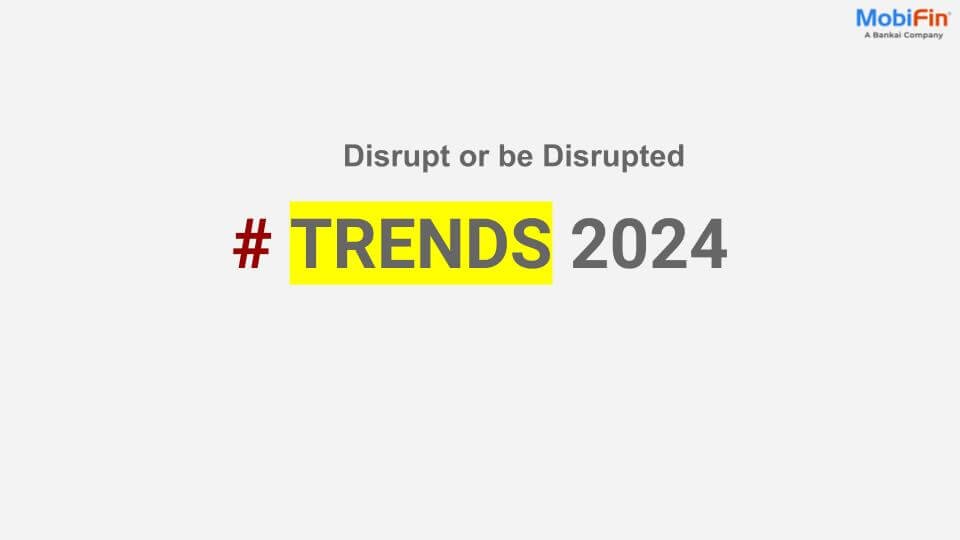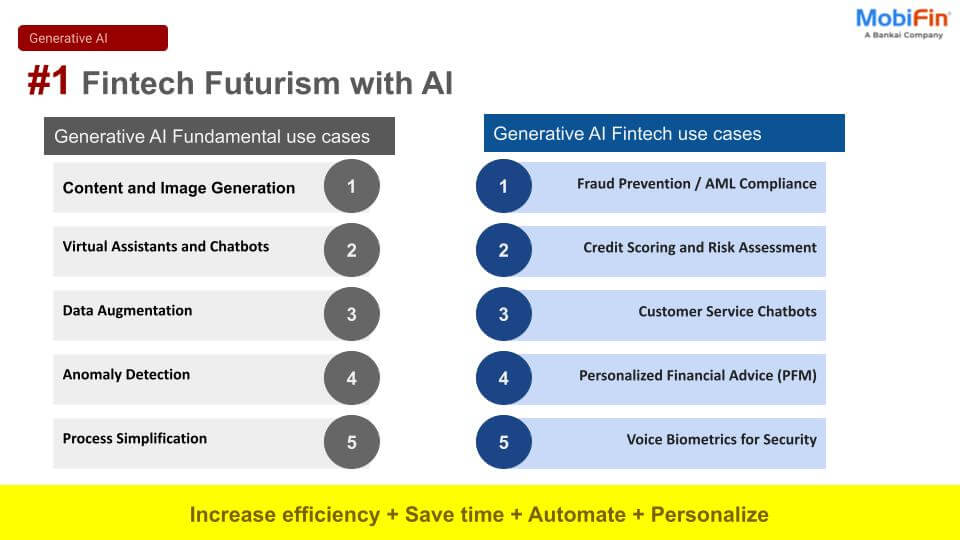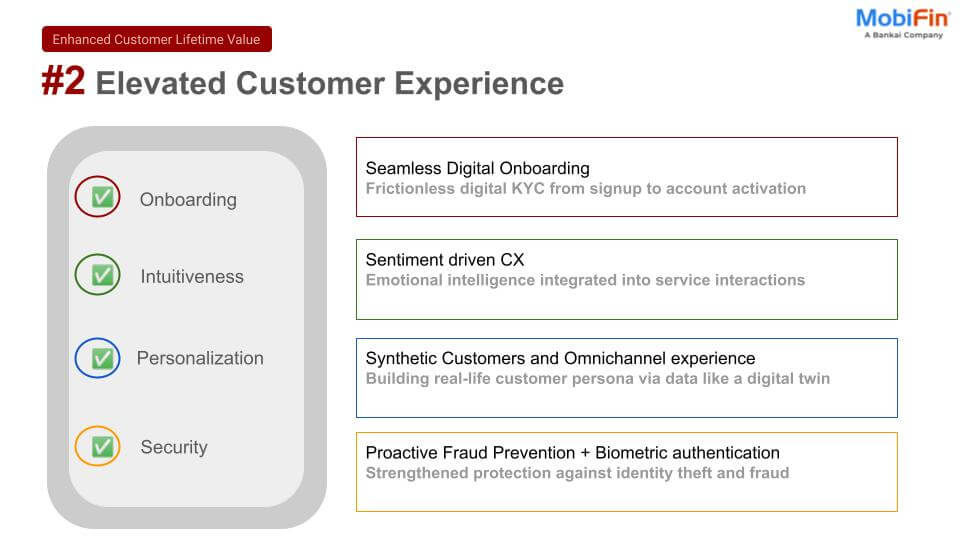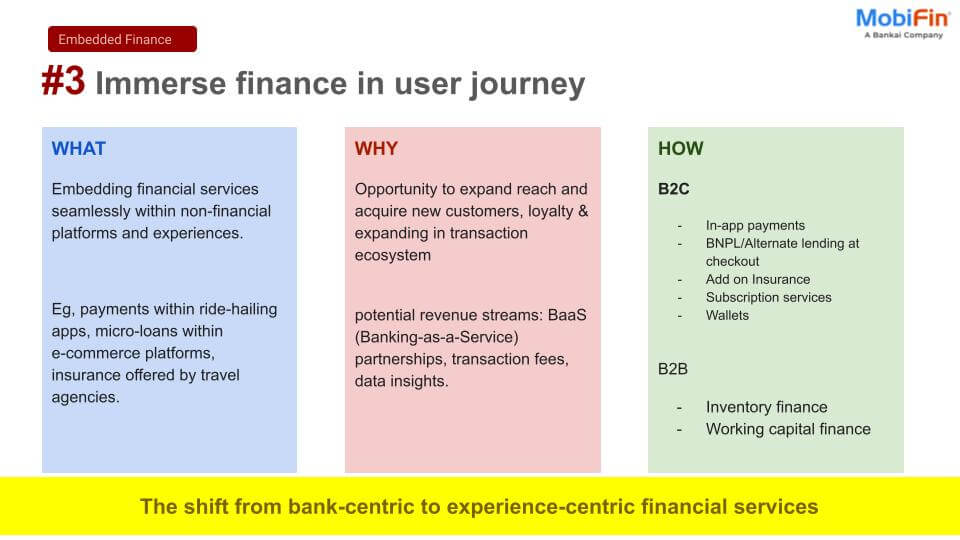Beyond Defensive Digitization
Many banks approach SuperApp development defensively, as a response to Big Tech’s encroachment into banking and finance. This limited perspective misses the transformative revenue potential.
The most successful banking superapps are designed as platforms for value creation rather than serve as mere digital versions of traditional banking services.
DBS Bank’s Digibank platform demonstrates this distinction. Rather than simply digitizing existing services, DBS has created an ecosystem where banking services are embedded within lifestyle contexts, generating new transaction-based and subscription revenue streams that didn’t exist in their traditional model.
Their marketplace integration has increased customer transaction values by 32% while reducing acquisition costs by 40%.
Revenue Model Transformation
The superApp paradigm represents a fundamental shift in conceptualizing and capturing financial value.
Banks are no longer constrained by traditional revenue streams tied to interest rates and transaction fees. Instead, they can create multidimensional value ecosystems that generate revenue through complex, interconnected mechanisms.
The superapp paradigm enables three distinct revenue model innovations for banks:
1. From Product-Centric to Ecosystem-Driven Revenue
Traditional banking revenue comes primarily from the gap between lending and deposit rates, supplemented by transaction fees.
SuperApp ecosystems fundamentally alter this equation by creating multidirectional value flows. When ICICI Bank integrated its iMobile Pay platform with over 250 merchant services, they discovered that each integrated service increased average revenue per user by 14%, with minimal marginal cost.
The ecosystem approach also transforms customer acquisition economics. Standard Chartered’s SC Mobile platform in Africa has reduced customer acquisition costs by 67% through ecosystem partnerships, where merchant acquisition simultaneously drives banking customer growth.
2. From Transactional to Relationship-Based Monetization
Conventional banking monetizes discrete transactions. SuperApps enable continuous relationship monetization through subscription models and data-driven insights.
Malaysia’s Maybank has successfully implemented tiered subscription offerings within its MAE SuperApp, with 28% of customers opting for premium subscription tiers that provide integrated financial and lifestyle benefits.
This shift creates more predictable revenue streams and reduces the banks’ dependence on interest rate environments for profitability.
Analysis of eight major banking SuperApps shows that banks with established subscription components demonstrate 40% less revenue volatility than those relying primarily on traditional banking income.
3. From Closed Systems to Platform Economics
Perhaps most significantly, SuperApps enable banks to benefit from platform economics traditionally dominated by technology companies. Banks can generate revenue from both sides of the transaction by creating two-sided markets connecting consumers and service providers.
Thailand’s Kasikorn Bank has transformed its K PLUS app into a platform where service providers pay for customer access and data insights.
This platform model generates 17% of the bank’s total revenue, with annual growth rates exceeding 40% – significantly outpacing traditional banking services.
Strategic Pathways to SuperApp Revenue
The theoretical promise of superApps is compelling, but strategic execution determines real-world success.
Banks are not monolithic entities – each institution requires a tailored approach that reflects its unique market positioning, technological capabilities, and organizational culture.
The most sophisticated financial institutions recognize that there is no universal blueprint for superApp success but a spectrum of strategic pathways that can be selectively adapted to specific organizational contexts.
There are four distinct strategic approaches banks can take to develop superApp revenue models:
1. The Financial Ecosystem Orchestrator
Banks expand beyond core financial services to orchestrate broader financial ecosystems in this model.
South Africa’s FirstRand Bank has successfully extended its banking SuperApp to include an investment marketplace, insurance aggregation, and property services – creating a comprehensive financial ecosystem that generates revenue from referrals, marketplace fees, and premium service tiers.
The key insight is that banks are uniquely positioned to integrate fragmented financial services into unified customer experiences.
When Singapore’s OCBC Bank integrated wealth management, insurance, and property services into its digital platform, cross-selling efficiency increased by 47%, creating new revenue through service provider commissions.
2. The Lifestyle Integration Play
This approach embeds financial services into lifestyle contexts where spending decisions occur.
Indonesia’s Bank Central Asia (BCA) has integrated banking services into shopping, travel, and entertainment experiences. It creates contextual financial services that generate higher conversion rates and new revenue streams from merchant partnerships.
The revenue impact is substantial: contextual financial offerings within lifestyle moments show conversion rates 3-5 times higher than standalone financial products. BCA’s integrated consumer financing options at the point of purchase generate a 2.8 times higher margin than traditional lending products.
3. The SME Enablement Platform
Small and medium enterprises represent a particularly attractive superApp opportunity. By creating comprehensive business management ecosystems for SMEs, banks can generate subscription, transaction, and value-added service revenues while deepening customer relationships.
India’s HDFC Bank has transformed its SME banking through a comprehensive business management platform that integrates accounting, inventory, payroll, and marketplace services with banking.
This approach has increased SME customer lifetime value by 3.2 times while creating new revenue streams from business service subscriptions and marketplace commissions.
4. The Data Monetization Model
The most sophisticated approach leverages the bank’s unique position as a financial data aggregator. Banks can create entirely new data-driven revenue streams by transforming transactional data into actionable insights.
Commonwealth Bank of Australia has pioneered this approach, developing anonymized consumer spending intelligence that provides merchants with valuable market insights.
This data-as-a-service offering now contributes significantly to non-interest income while providing merchants with insights that improve their conversion rates when integrated with the bank’s payment systems.
Implementation Challenges and Solutions
Transforming strategic vision into operational reality represents the most critical and complex phase of superApp development. The gap between conceptual potential and practical implementation is where many banking initiatives falter.
Successful superApp strategies require a holistic approach that addresses technological, regulatory, and organizational challenges simultaneously.
While the revenue potential is substantial, successful implementation requires addressing several critical challenges:
1. Technology Architecture Limitations
Many banks struggle with legacy systems that impede SuperApp development. Rather than attempting comprehensive system replacement, successful banks are implementing modular approaches with middleware solutions that connect core banking systems to more flexible engagement layers.
BBVA’s successful approach in Latin America demonstrates this strategy – maintaining stable core banking functions while developing a separate engagement layer that enables rapid integration of new services and partners.
2. Regulatory Constraints
Data privacy regulations and financial service restrictions create complex compliance requirements for SuperApp models. Forward-thinking banks are embedding regulatory compliance into their platform architecture from the ground up.
Thailand’s Siam Commercial Bank has pioneered ‘regulatory technology by design’ in its SuperApp development, creating frameworks that automatically enforce compliance boundaries while enabling innovation within regulatory parameters.
3. Talent and Culture Gaps
Perhaps the most significant barrier is the gap between traditional banking culture and the tech-centric approach required for superApp development. Banks must develop hybrid talent models that combine financial expertise with technology and product innovation capabilities.
India’s Axis Bank has created specialized ‘digital business units’ with distinct talent models, compensation structures, and working methodologies that more closely resemble tech companies than traditional banking operations.
Final thoughts: The Strategic Imperative
The superApp model represents more than a defensive response to competitive pressure – it offers a strategic pathway to new avenues of growth when traditional banking models face increasing margin pressure.
Banks can unlock multiple revenue streams that complement and enhance their core banking business by reimagining their role as ecosystem orchestrators rather than merely service providers.
The most successful banks will move beyond viewing superApps as merely digital banking channels and instead recognize them as transformative business model opportunities.
This requires strategic clarity, technological flexibility, and cultural evolution. But, for those who successfully make this transition, the reward is a more diversified, resilient, and growth-oriented revenue model that positions them for success in the unprecedented competitive time that the finance sector is witnessing now!











